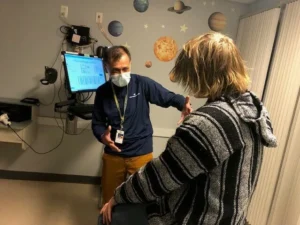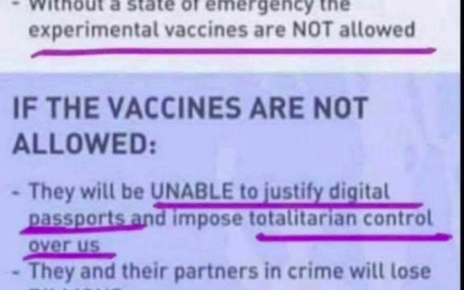A 17-year-old boy with shaggy blond hair steps onto the scale at Tri-River Family Health Center in Uxbridge, Massachusetts.
After he’s weighed, he heads for an exam room decorated with decals of planets and cartoon characters. A nurse checks his blood pressure. A pediatrician asks about school, home life and his friendships.
This story was produced in partnership with KFF Health News.
This looks like a routine teen check-up, the kind that happens in thousands of pediatric practices across the U.S. every day – until the doctor pops this question.
“Any cravings for opioids at all?” asks Dr. Safdar Medina. The patient shakes his head, no.
“None, not at all?” Medina says again, to confirm.
“None,” says the boy named Sam, in a quiet but confident voice.
We’re only using Sam’s first name because he could face discrimination in housing and job searches based on his prior drug use.







